On Location
Revisiting ‘The Remains of the Day’ – a Tribute to Merchant Ivory
For perhaps over 25 years, I’ve been a huge fan of Merchant Ivory Productions – the people, the films, the music, the stories, the food, the books, the cultures etc. Furthermore, one of my passions is identifying and visiting filming locations of my favourite films and TV series. Finally, The Remains of the Day is, to this day, one of my favourite films of all time.
Hence, when I read John Pym’s fantastic book “Merchant Ivory’s English Landscapes: Rooms, Views, and Anglo-Saxon Attitudes” back in the mid-90s, I decided that at some point I would visit some of Merchant Ivory’s filming locations.
This online exhibition draws on photos I took over two road trips in the South West (2008) and West (2010) of England, visiting, amongst other places, some of the chief filming locations for The Remains of the Day. The photos are inspired by, and make an effort to convey – perhaps in an abstract way – the narrative of the film itself. Thus, I have laid them out in the order (loosely) in which these locations feature in the film. The titles of the sections are drawn from Richard Robbins’ original soundtrack – a masterpiece and perhaps the best soundtrack ever composed.
1. Opening Titles. Darlington Hall
1.1 The Auction – Dyrham Park as “Darlington Hall”. Opening shot of the film through the deer park to the front of the house as the auction for the Hall and its interiors is taking place.
1.2 The Hunt – First flashback of the film as we see Stevens (Anthony Hopkins) serving Lord Darlington (James Fox) at this exact spot as the huntsmen are gathering (the Beaufort Hunt was “recruited” by Merchant Ivory for the purposes of this scene).
“It seems increasingly likely that I really will undertake the expedition that has been preoccupying my imagination now for some days.” (Kazuo Ishiguro, The Remains of the Day).
1.3 Mr Stevens Departs – The gate of Dyrham Park. Mr Stevens decides to go on a “motoring trip” and his new employer, Mr Lewis (Christopher Reeve), offers him his Daimler.
2. Tradition and Order
“[T]he backstairs life of this England – not the world of Leonard Bast, but the flesh-and-blood people who keep the world of Darlington Hall going, who allow his Lordship the time to leaf through his books, to bone up at his leisure on the Jewish Question – is for the first time, in a sense, regarded straight on” (Pym, 1995: 114).
2.1 & 2.2 Dyrham Park interiors. No interior shots were actually filmed inside Dyrham Park, as the National Trust, which owns DP, initially did not even allow the cast and crew to enter the house. After a “tremendous row right there in the hall” (Ivory in Pym, p. 108), they eventually opened the door and pulled up the shades.
3. The Conference Begins
“You never see the upstairs except through the eyes of the servants. We never go upstairs without a servant. You never see the life of Lord Darlington unless it is connected to either Miss Kenton or Stevens. It’s not there to be shown for its own sake” (James Ivory in Emmet-Long 2005: 238).
3.1, 3.2 and 3.3: Powderham Castle – home to the Courtenay family and the Earl of Devon since the 14th century and one of the main filming locations, which provided some of the iconic rooms of the film: the blue staircase, the linked libraries, the music room. The pre-war conference and banquet which take place in the early-ish parts of the film were largely filmed in these rooms.
3.4, 3.5, 3.6 and 3.7: Corsham Court – a royal manor in the Saxon era, redesigned and enlarged by Capability Brown, home to Baron Methuen for the last eight generations and the location for some of the rooms of “Darlington Hall”. The Picture Gallery (made famous by Stanley Kubrick’s Barry Lyndon) was used as one of the main conference rooms, as well as one of the rooms visited by the delegates of the Nazi government later on in the film.
4. You Mean a Great Deal to This House
“I would say that it is the very lack of obvious drama or spectacle that sets the beauty of our land apart. What is pertinent is the calmness of that beauty, its sense of restraint. It is as though the land knows of its own beauty, of its own greatness, and feels no need to shout it.” (Kazuo Ishiguro, The Remains of the Day).
4.1 The Daimler runs out of fuel. The Chew Valley Lake – the panoramic views of the West Country (where the Daimler runs out of fuel) were filmed near the village of Priddy, at the Chew Valley.
4.2 Miss Kenton on her bicycle. Mr Stevens watches Miss Kenton (Emma Thompson) as she is pedalling uphill on her bicycle leaving Darlington Hall on her day off – and possibly leaving Stevens for ever. One of the few scenes filmed at Dyrham Park.
4.3 Mr Stevens watches Miss Kenton. Reverse Angle shot of 4.2, Dyrham Park.
5. Blue Moon
5.1 Blue Moon. Fast forward to the 1950s as couples are dancing to the tune of Richard Rogers and Lorenz Hart’s “Blue Moon”. This – and the next – photo were taken at the Pavilion (Winter Gardens) at Weston-super-Mare, where the scene was filmed.
5.2 Mrs Benn says ‘no’. Mr Stevens and Mrs Benn (as Miss Kenton is now called) are having tea at one of these tables in the Pavilion (The Winter Gardens, Weston-super-Mare). Mrs Benn declines Mr Stevens’s invitation to return to Darlington Hall as her daughter is expecting a baby.
5.3 The Winter Gardens, Weston-super-Mare – the CCTV reminding us that we live in the 21st century.
6. In the Rain
6.1 On the Grand Pier. Mrs Benn (Emma Thompson) and – a broken – Mr Stevens (Anthony Hopkins) are spending the last few minutes together in this life on Weston-super-Mare’s Grand Pier. Following a major fire in 2008, which destroyed the pavilion, the Grand Pier was rebuilt in October 2010. This photo was taken three months before the official reopening.
6.2 Waiting for the Bus. Mr Stevens and Mrs Benn are waiting for the bus in what surely is one of cinema’s most heart-breaking scenes. This bus stop is actually situated next to Birnbeck Pier at Weston-super-Mare and it was, as I was informed by the locals, the location for this dramatic scene.
7. A Portrait Returns – Darlington Hall – End Credits
7.1 Darlington Hall. Mr Stevens returns to Darlington Hall (Dyrham Park) in order to prepare for the arrival of Mrs Lewis – and of the new housekeeper.
7.2 End Credits. A final aerial pull-away shot of Darlington Hall (Dyrham Park) as Mr Stevens releases the trapped pigeon (his own life?), locks the window and the credits begin to roll – as we perhaps realise that “everything changes and nothing changes”.
“The conjuring up of England – a specific prewar England, riven by real political conflicts, with real consequences; and a postwar England still haunted by the ghost of dead servicemen – has never been better achieved by Merchant Ivory” (Pym, 1995: 114).
On Location: Revisiting ‘The Remains of the Day’ – a Tribute to Merchant Ivory
June 2011
Note: this photo-essay is by no means exhaustive of the actual filming locations as some of them were either not accessible at the time of my “scouting” (e.g. Badminton House, which was one of the main locations for “Darlington Hall”) or did not allow photography inside the properties. More details about these locations, including directions and visitor info, can be found below.
All photos: © Roman Gerodimos
Recommended Reading:
– John Pym (1995), Merchant Ivory’s English Landscape: Rooms, Views, and Anglo-Saxon Attitudes, London: Pavilion Books Ltd
– Robert Emmet Long (2005), James Ivory in Conversation: How Merchant Ivory Makes Its Movies, London & Berkeley: University of California Press
– Kazuo Ishiguro (1989), The Remains of the Day, London: Faber & Faber
Recommended Listening:
– Richard Robbins (1993), The Remains of the Day, Angel Records
– J. S. Bach, Keyboard Concerto in D minor, Edwin Fischer: piano [1933 recording]
Key Locations:
The Winter Gardens, Weston-super-Mare
Post-script:
Richard Robbins obituary (The Guardian)
Ruth Prawer-Jhabvala obituary (The New York Times)
Ismail Merchant obituary (The New York Times)
I hope you enjoyed this photo-essay. This content is free, but feel free to…

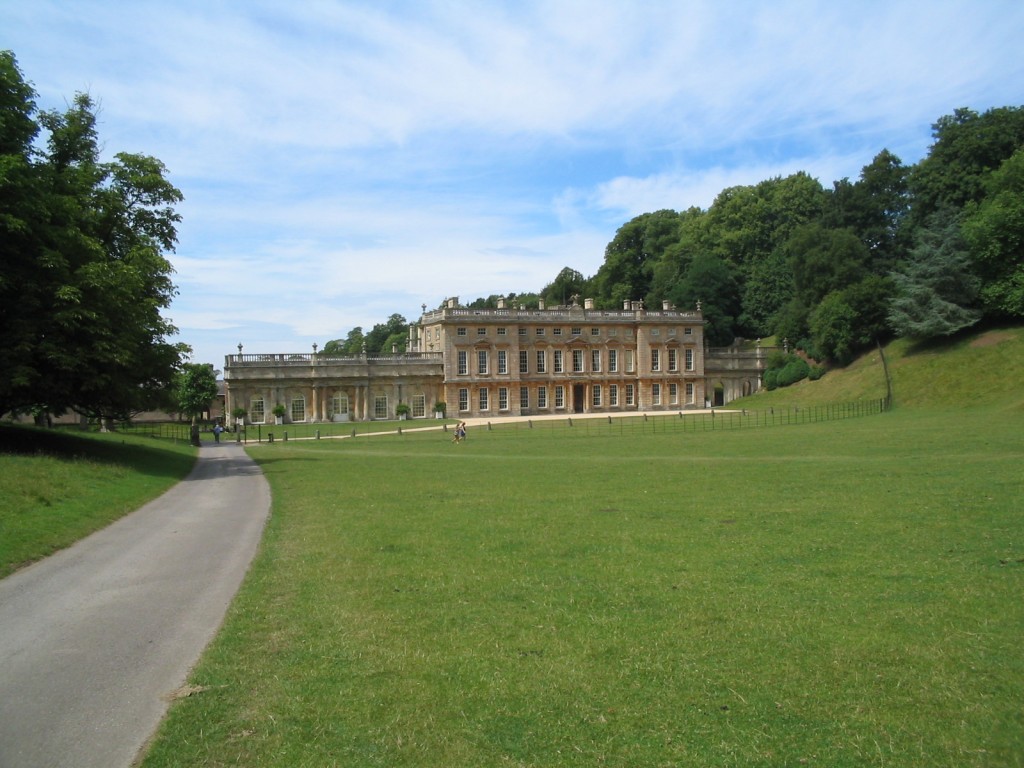
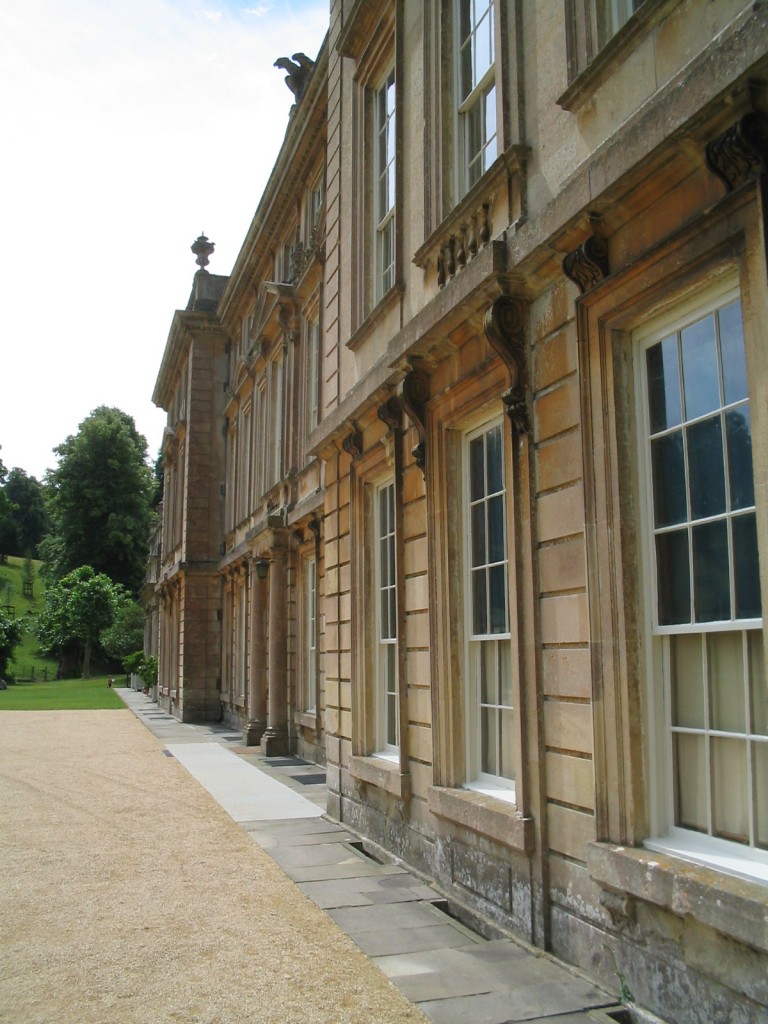
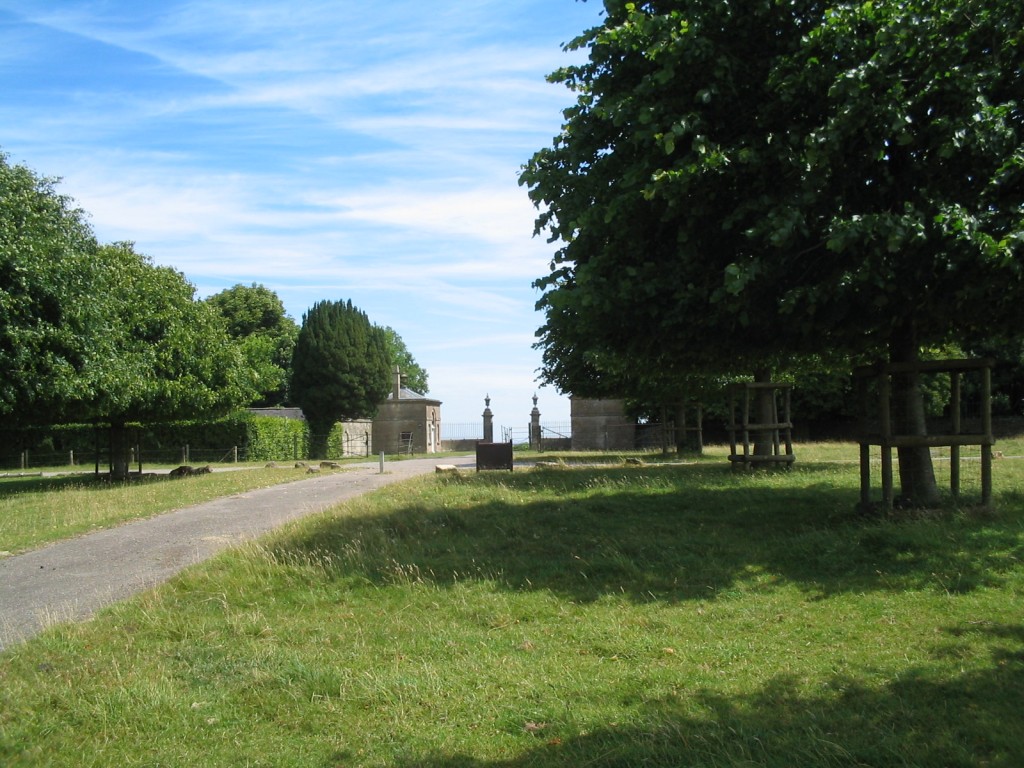
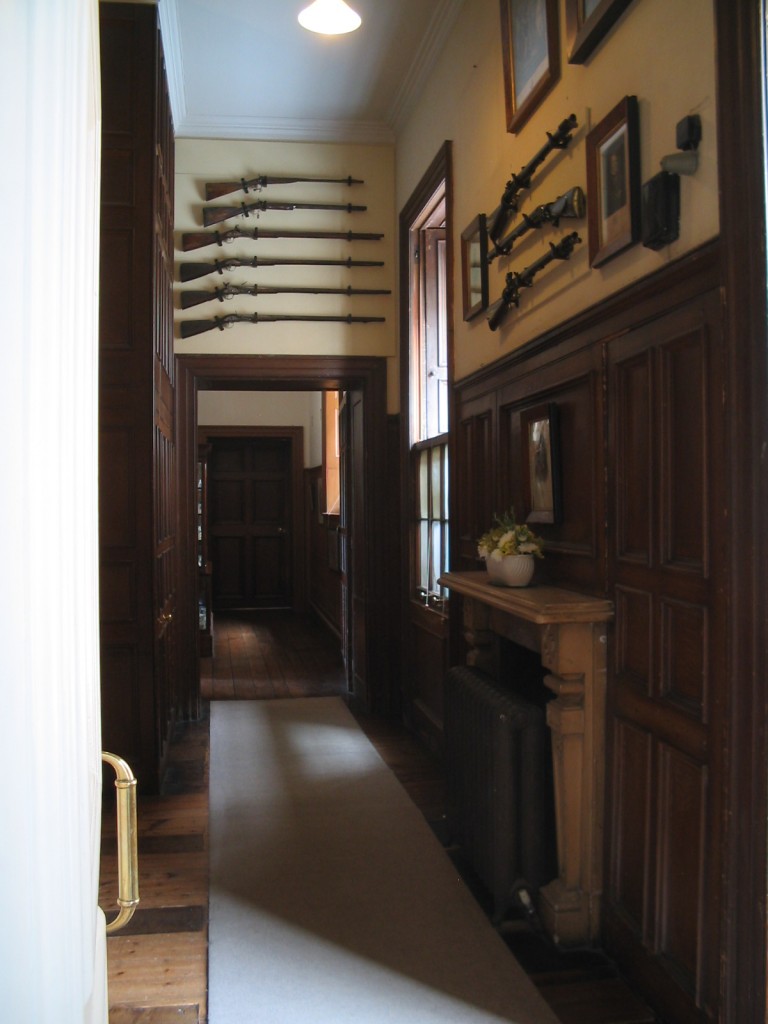
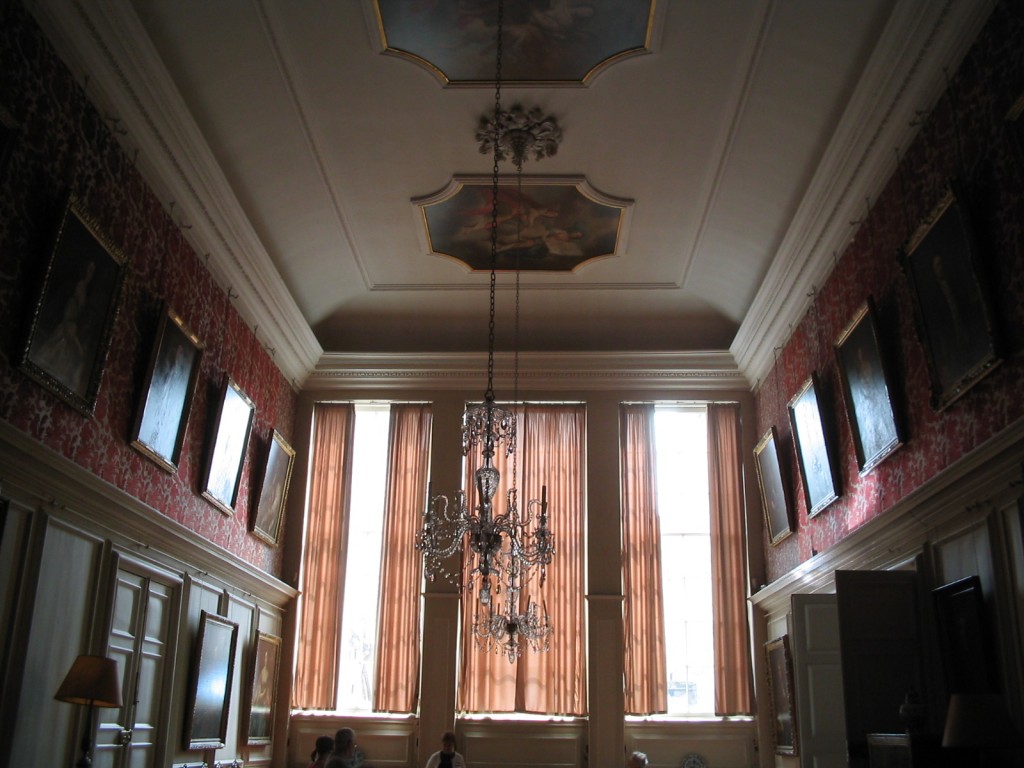
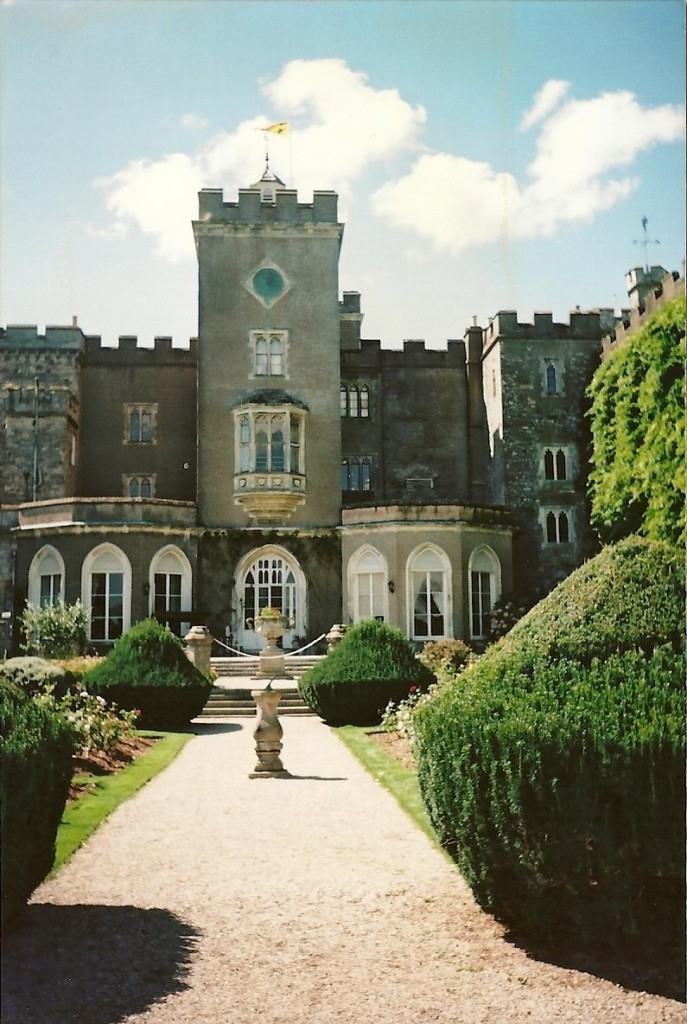
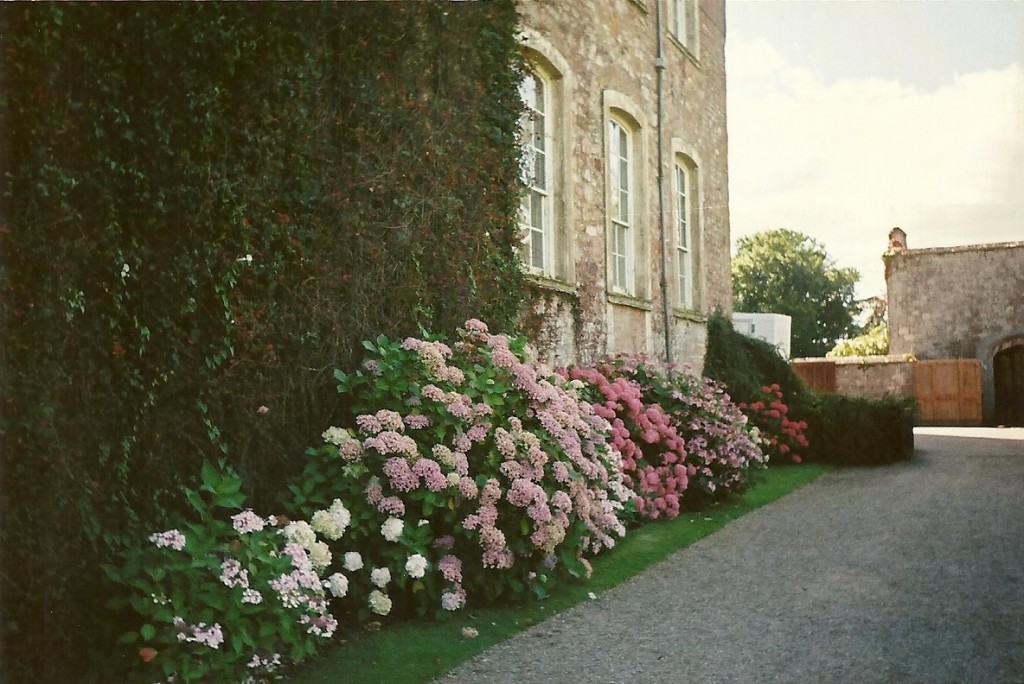
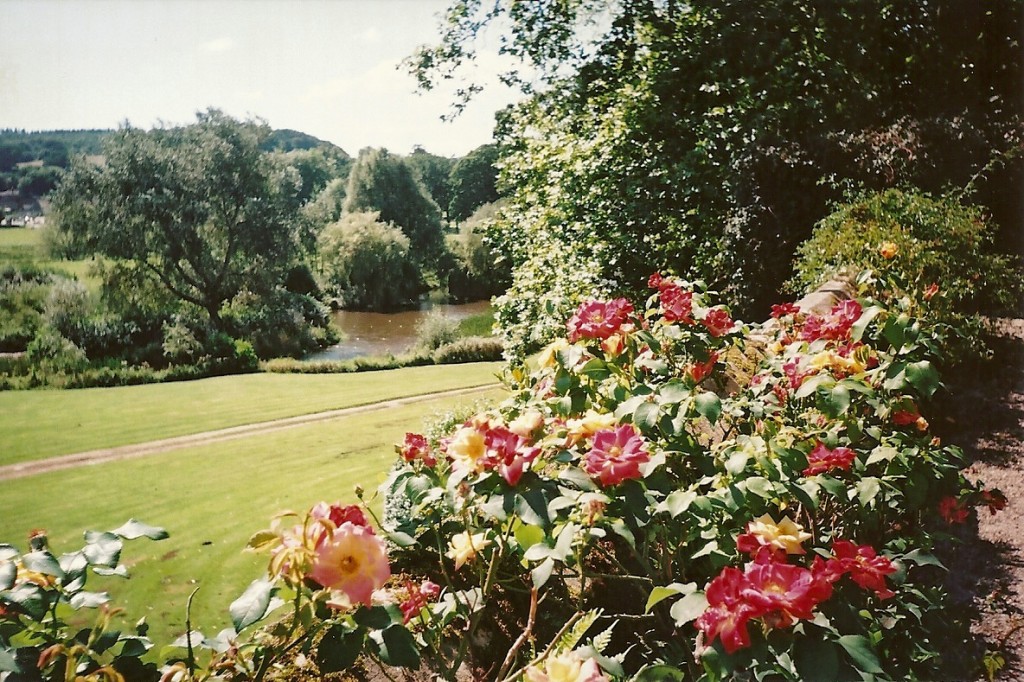
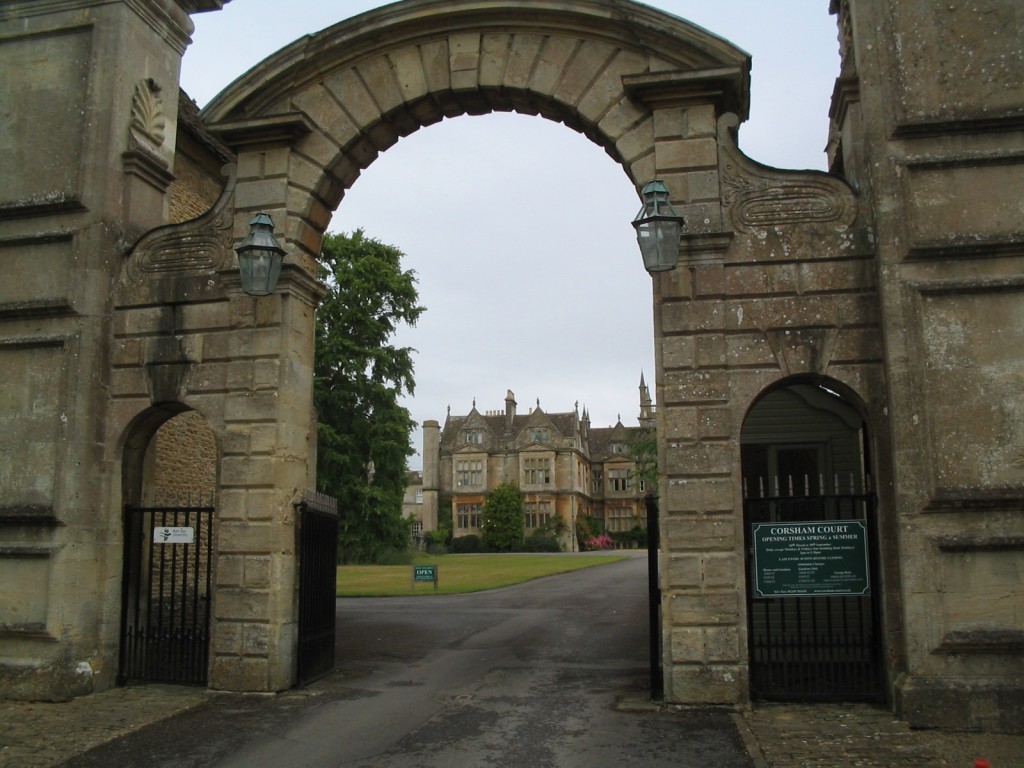
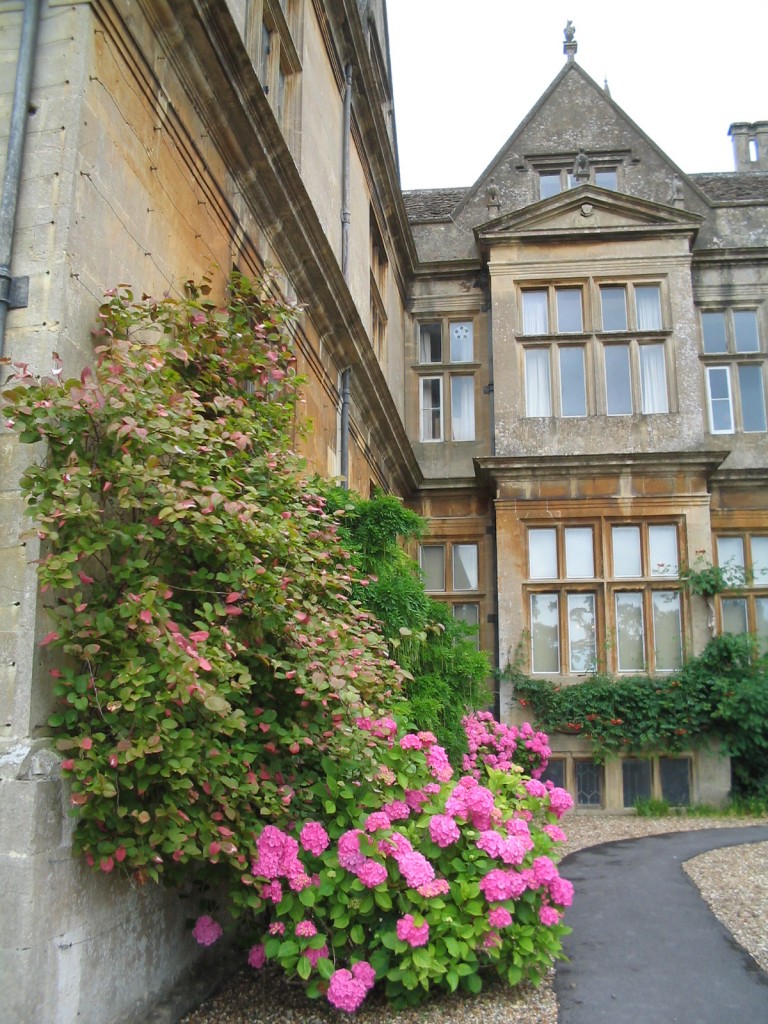
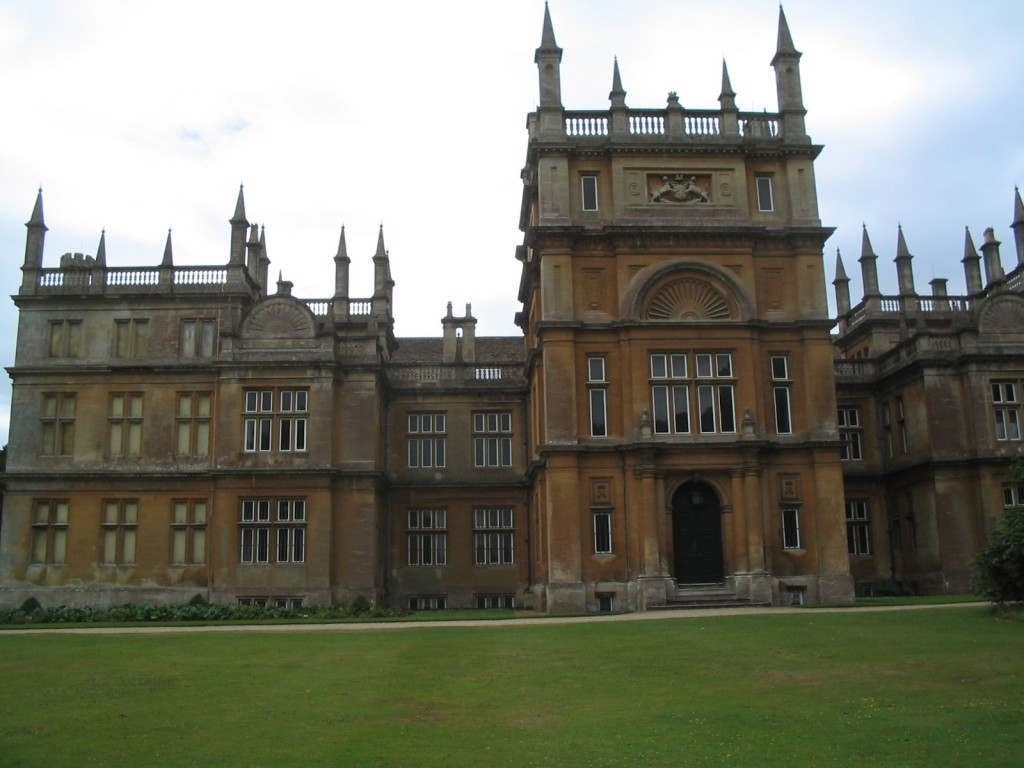
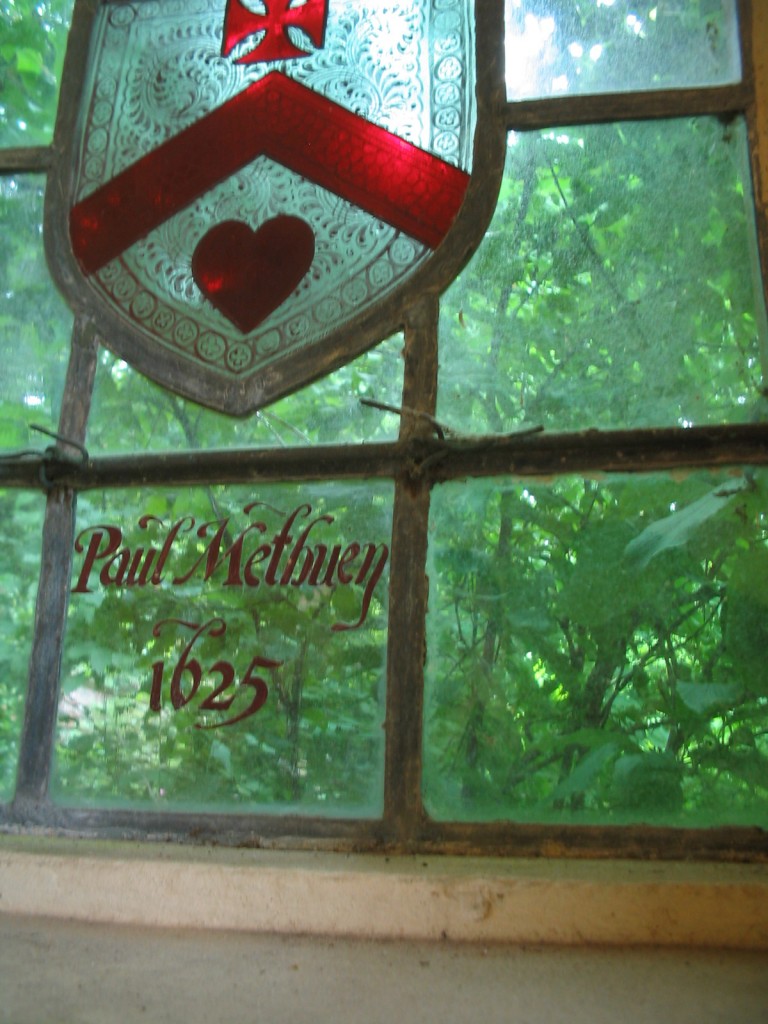
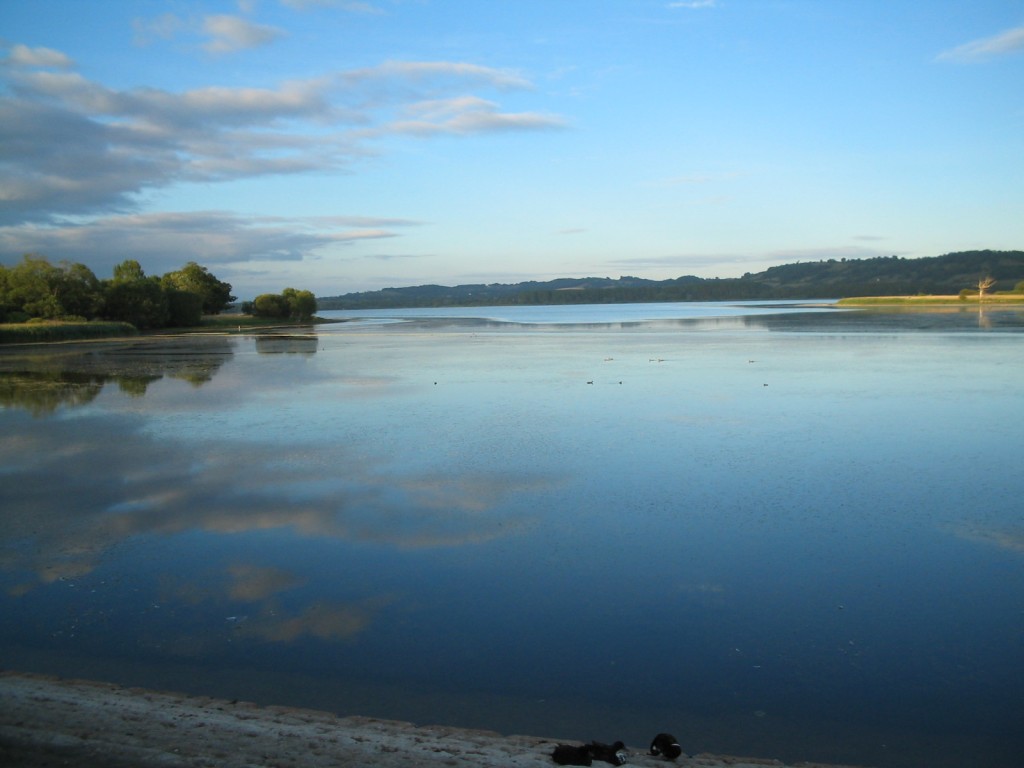
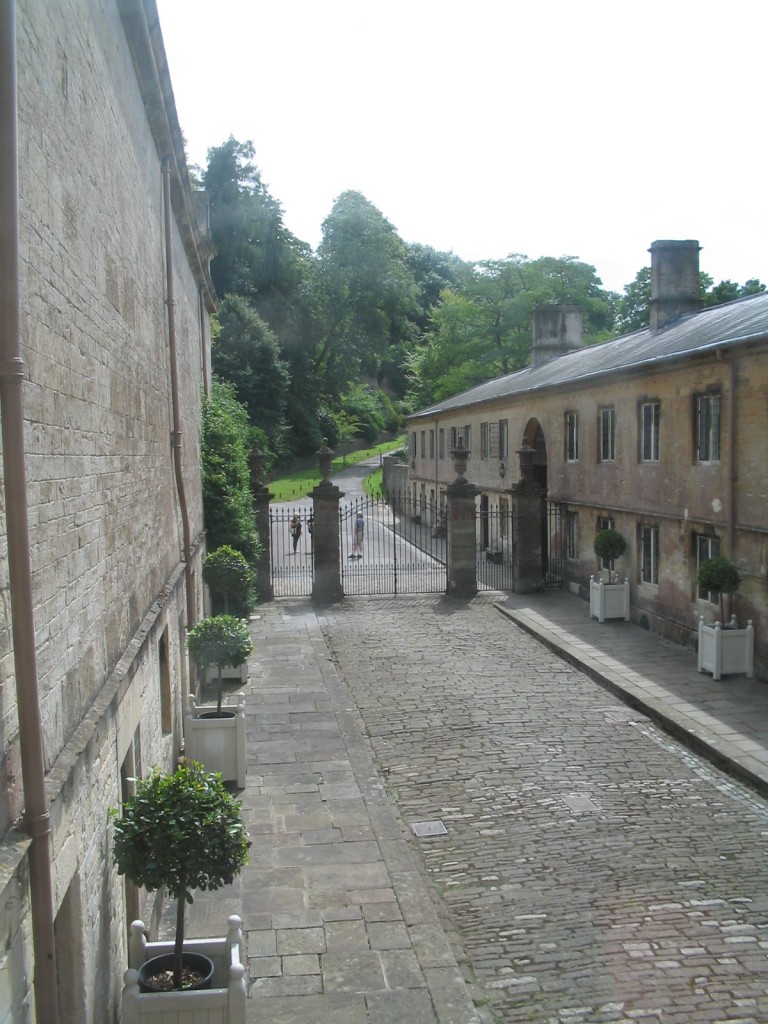
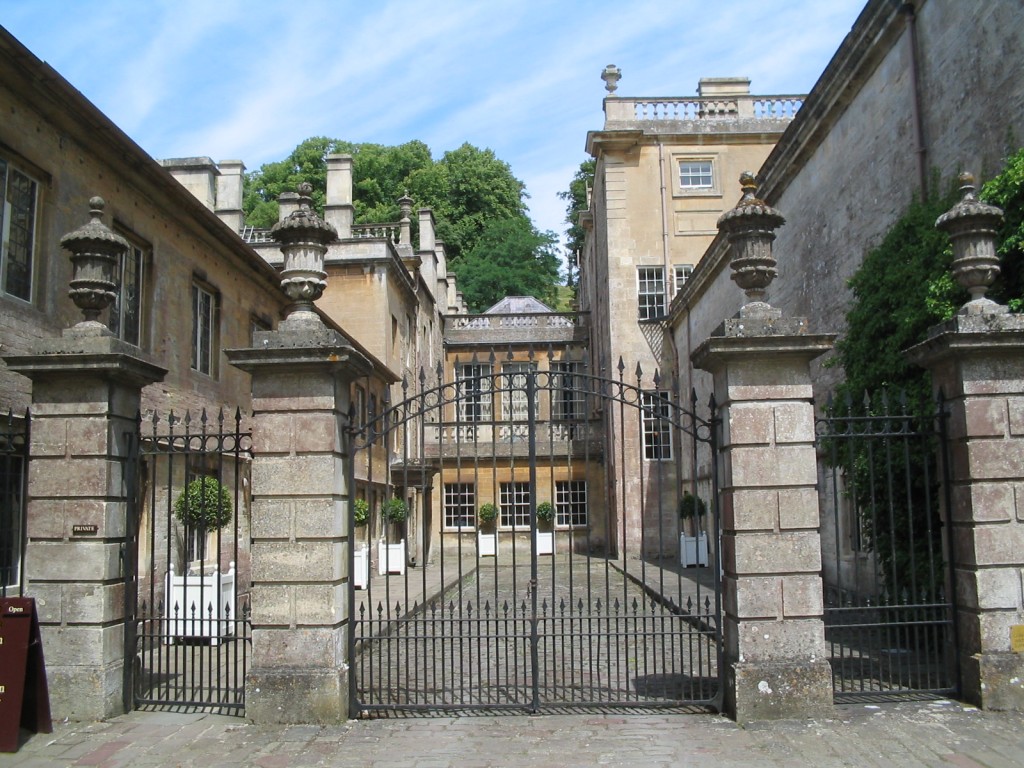
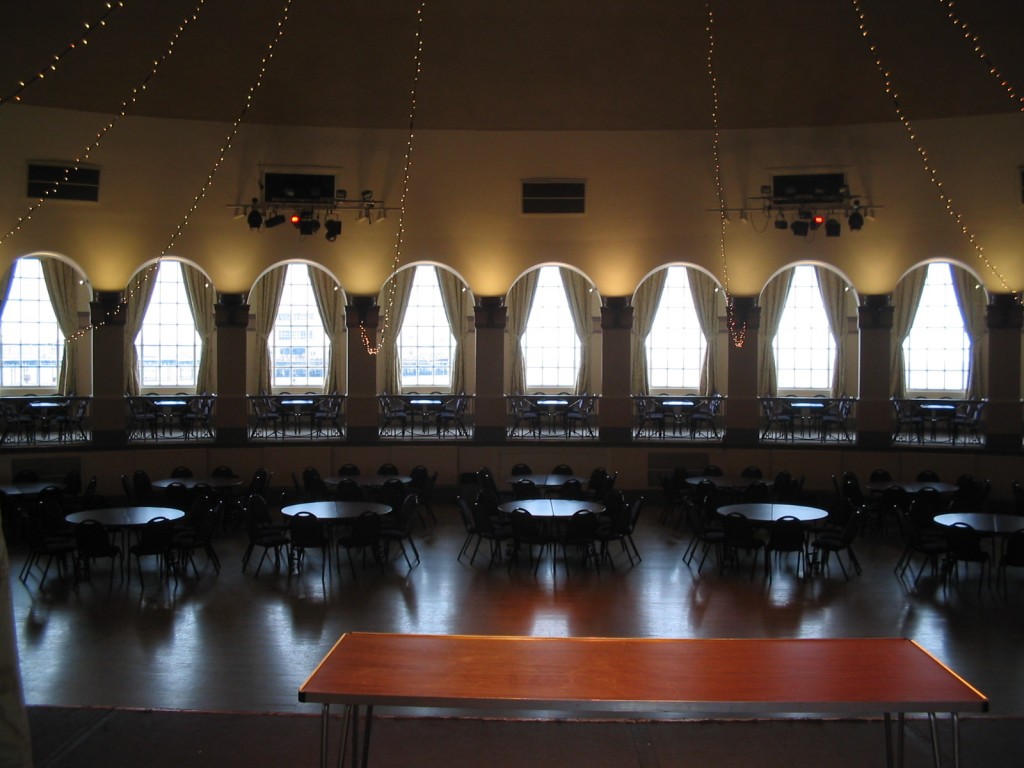
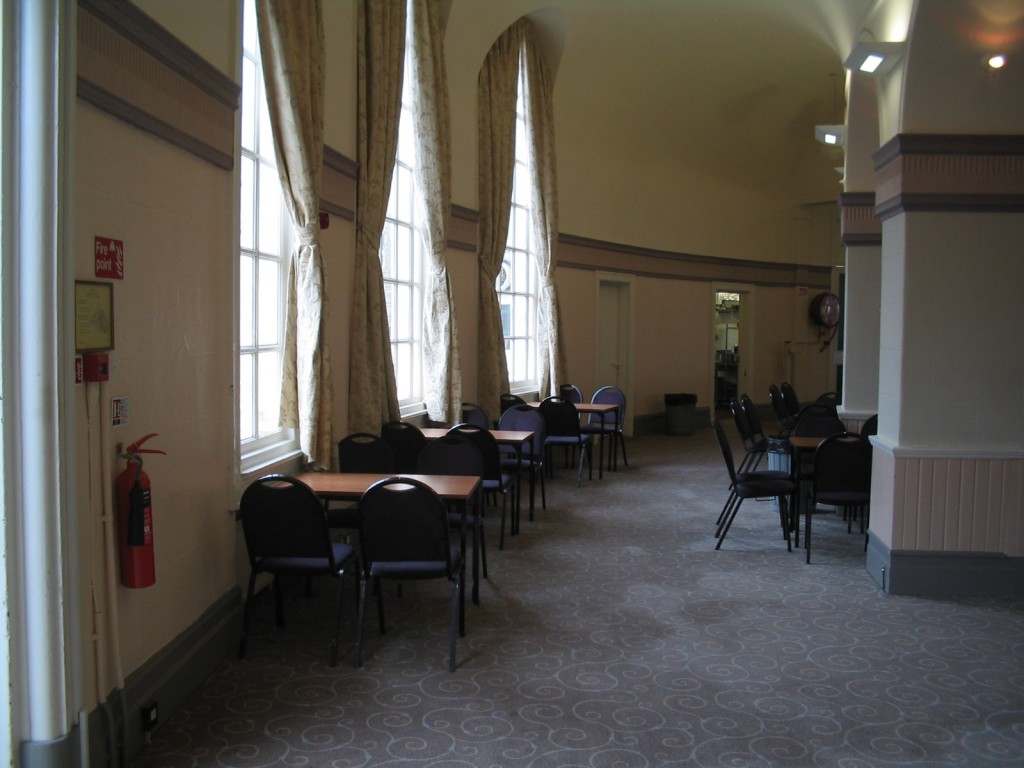
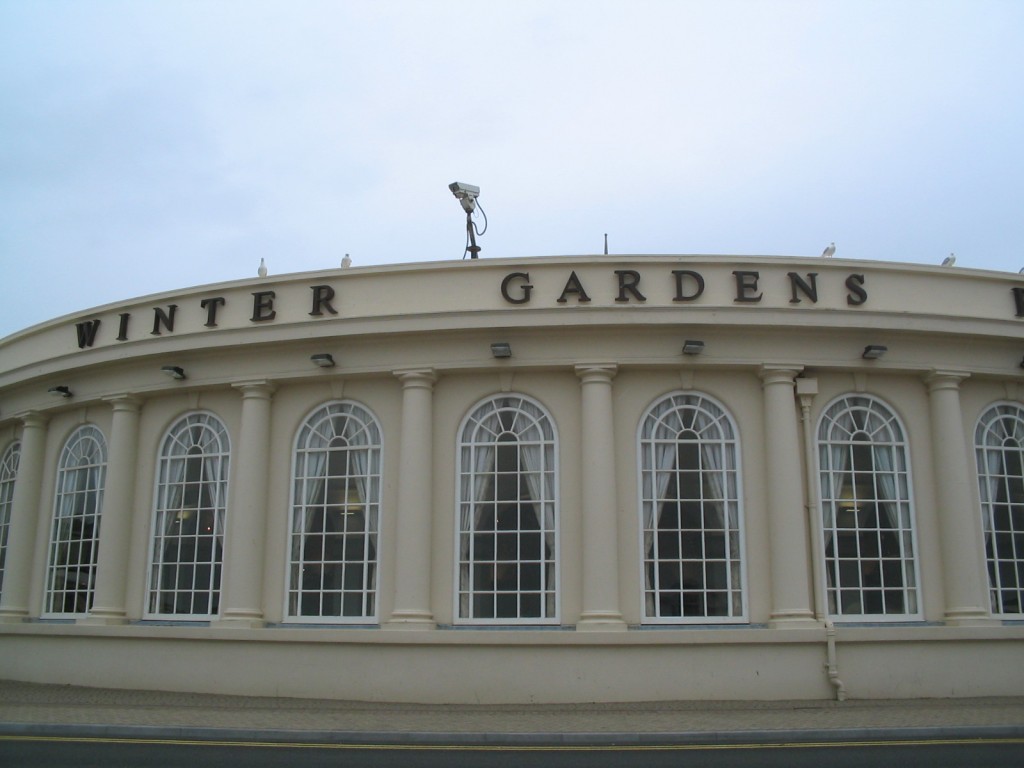
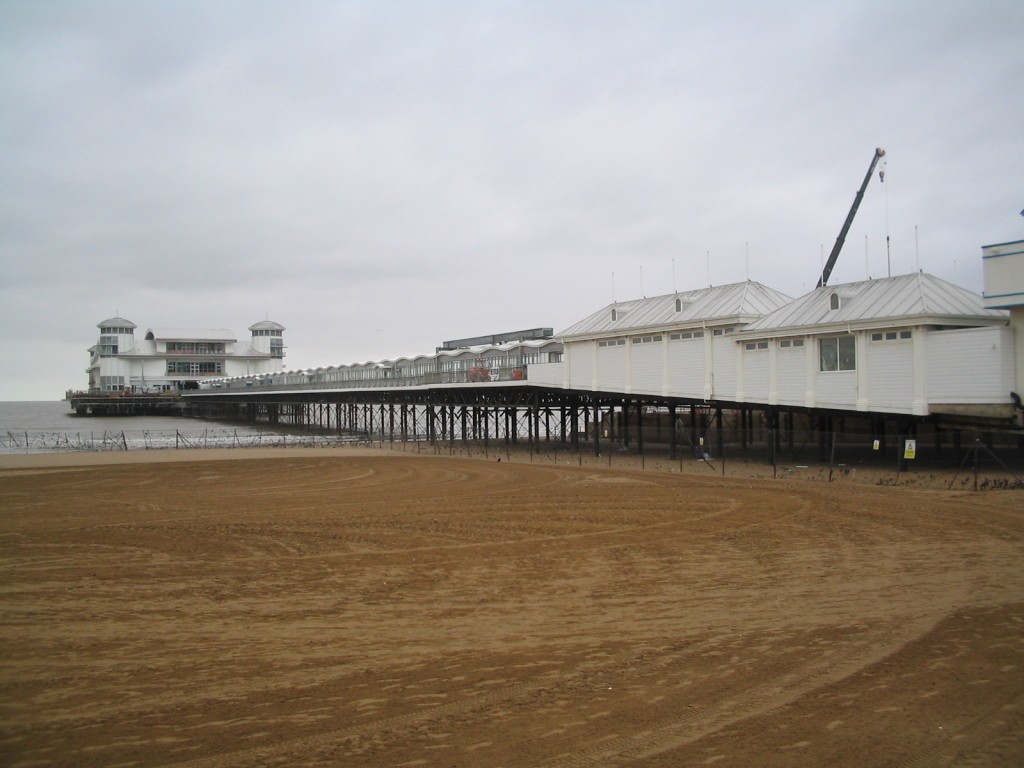
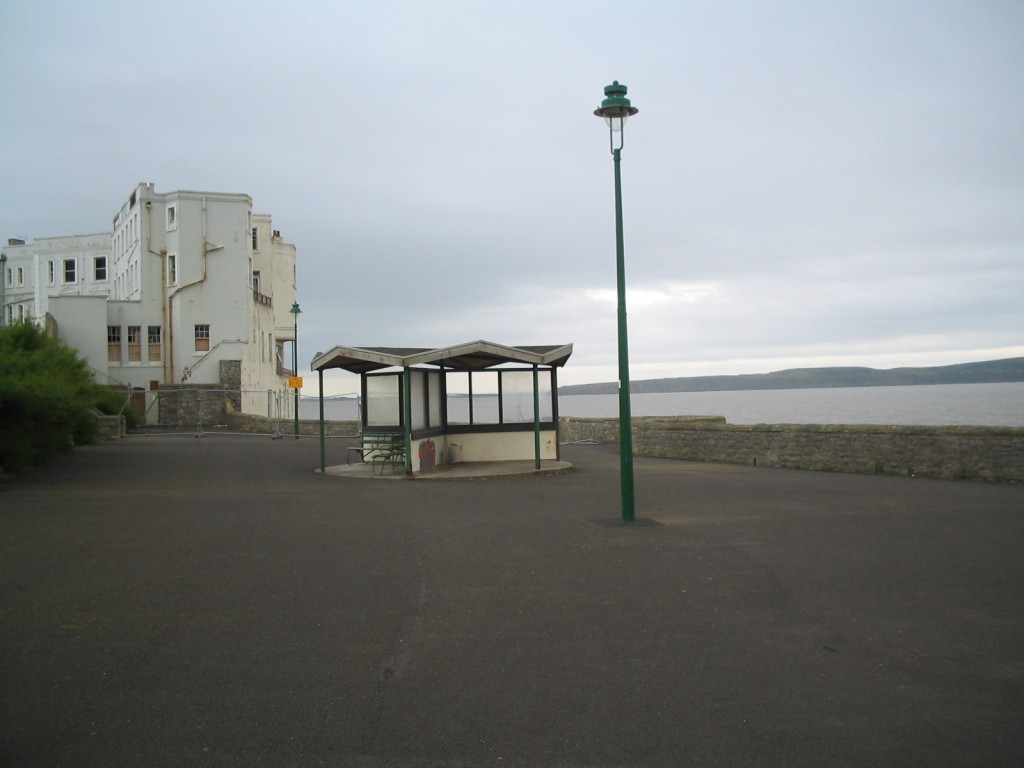
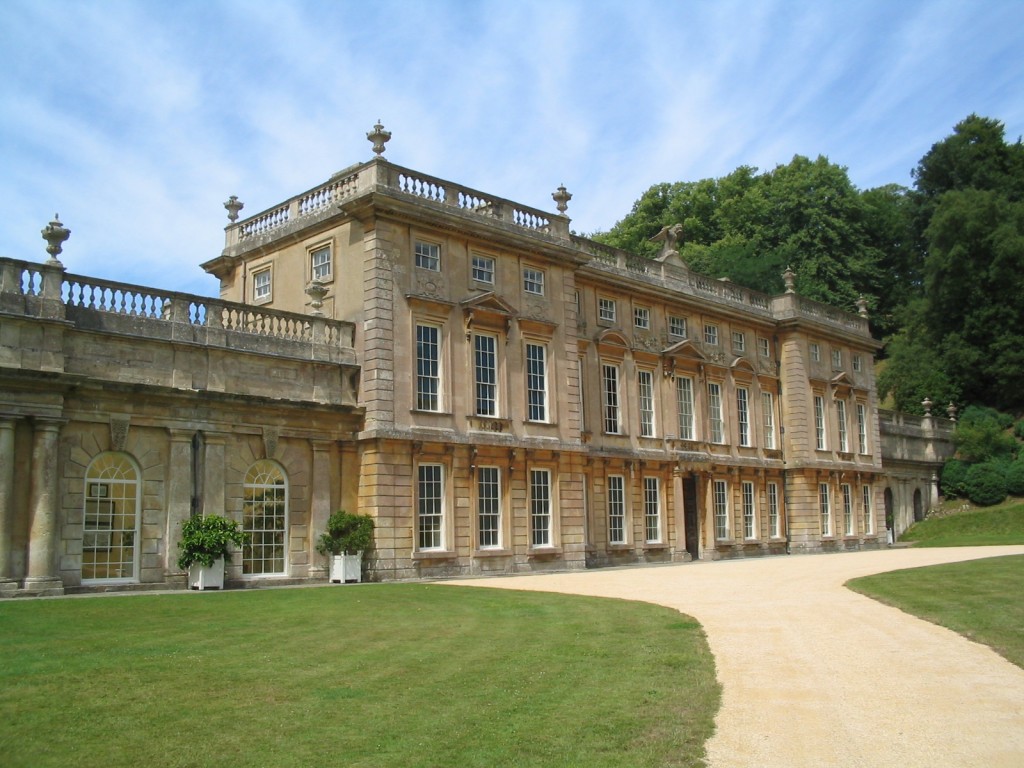
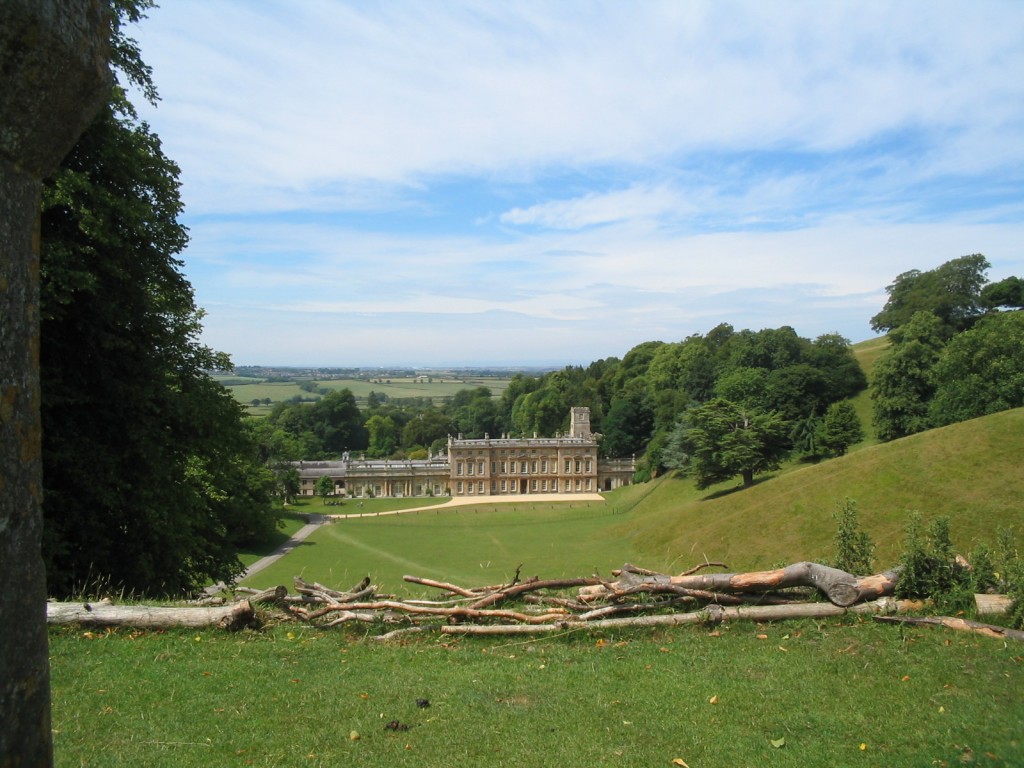
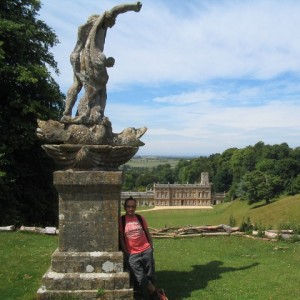
Oh wow, Dyrham Park is 5 mins from where i grew up – I’ve been there for a few festivals as well as visiting the house itself. I’ve also stayed at Badminton House!! – and I never made these links.
Beautiful shot of chew valley lake too.
No way!! Visiting Dyrham Park was a dream come true! The whole area is absolutely gorgeous and (thankfully) unspoilt / underexploited.
Just seen the film again this evening for the umpteenth time and was casting around for some reviews and commentaries and found your site. What a great way to think about a very special film.
🙂 Thanks for visiting and for the comment Trevor – glad you liked it. I do love this film.
εδωσες τροφη για αναγνωση θα επιστρεψω με σχολια
These photos are great. I’m making a feature doc on Merchant Ivory, in collaboration with James Ivory. Happy to have found your tribute.
Stephen, thanks so much for your comment. That’s amazing to hear – I am a huge fan of Merchant Ivory and they have been and continue to be an unending source of inspiration for my work. Good luck with your doc, I can’t wait to watch it.